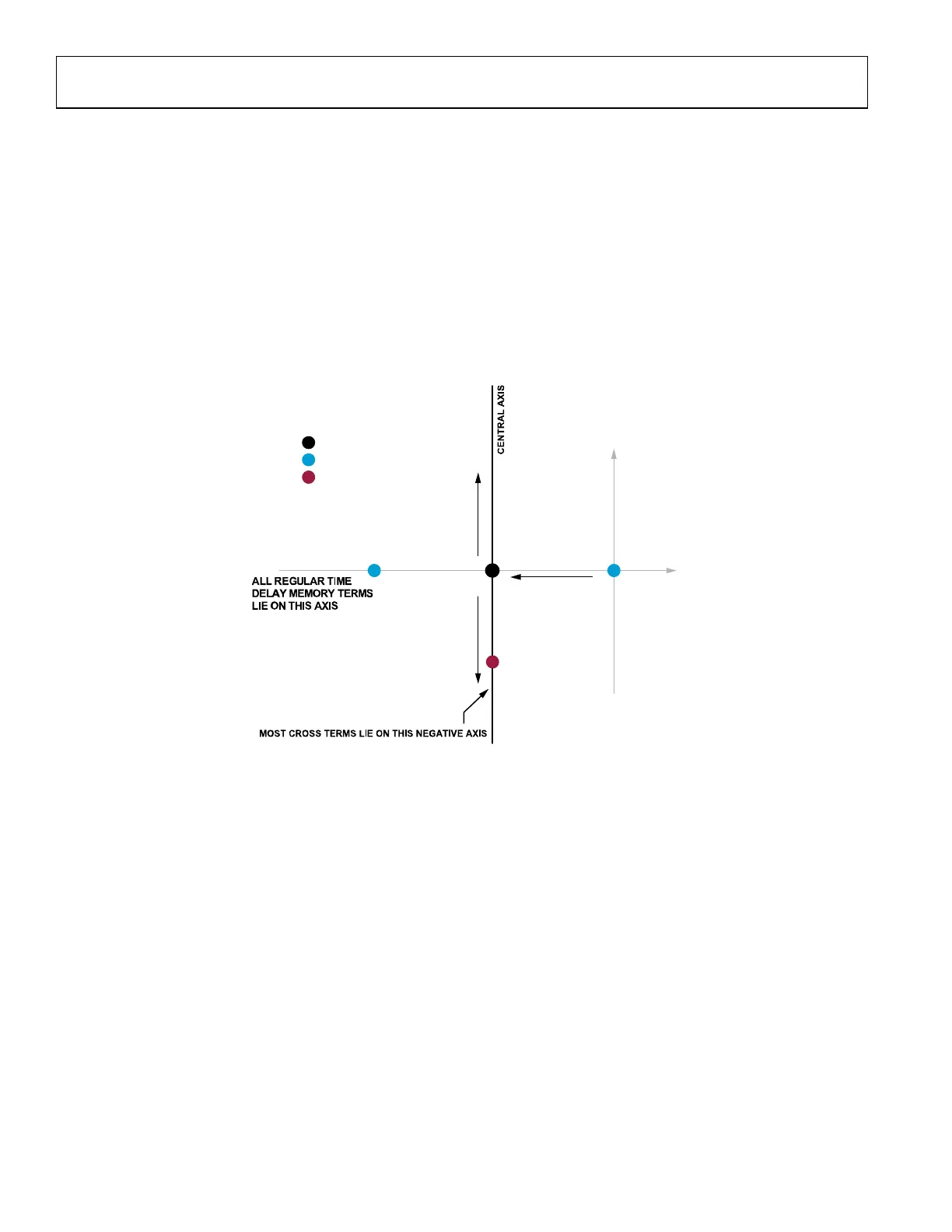UG-1828 Preliminary Technical Data
Rev. PrB | Page 214 of 277
Figure 208. Tx1/Tx2 Return Loss
Figure 209. Tx1/Tx2 Insertion Loss, Simulated
EXTERNAL LO PORT IMPEDANCE MATCHING NETWORK
External LO1 and LO2 PORT can be used for injecting LO signal with very high spectral purity for internal receivers and transmitters.
RF matching network for these ports would be implemented on single-ended and differential sides of balun to reduce insertion loss due
to reflections at the desired LO frequency. Method of obtaining matching network is similar to RX and TX port matching. Depending on
the selected divide ratio of ADRV9001 external LO input frequency divider SPI register setting, a band of frequency in which external LO
matching network need to operate should be correctly derived by the division ratio chosen.
EXT LO Inputs
Unlike the internal synthesizers that always operate from 6 – 12 GHz regardless of the RF tune frequency, when an external LO pins are
used the frequency applied must be a multiple of 2 times(i.e. 2x,4x,8x, and so on) of the desired RF signal channel frequency. The LO
input signal is internally divided by a series of dividers to generate the required LO quadrature relationship at desired RF frequency of

